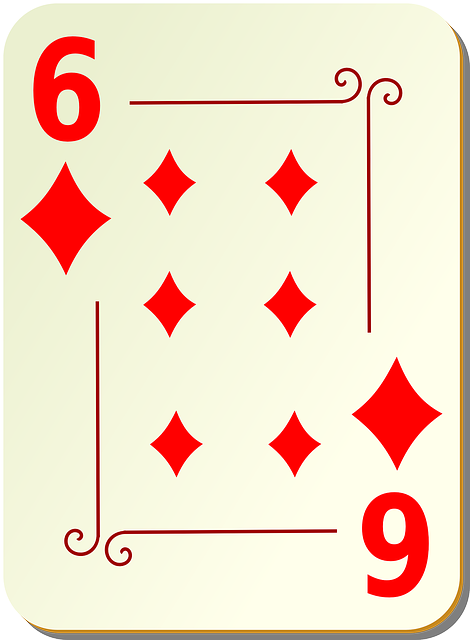poker Room tournaments offer a structured platform for poker enthusiasts to compete, showcasing skills with potential for significant prizes. Players of varying levels contribute to a prize pool through a set entry fee (buy-in), progressing through rounds with dynamic blind structures until a final winner remains. These events feature side activities and strategic challenges, enhancing the experience. While benefits include skill refinement, competitive experience, and attractive prizes, the high pressure, intense stakes, and time commitment may deter casual or limited-availability players. Dynamic strategies, tight pre-flop selection, timing, stack management, calculated risks, bluffing, and responsive adjustments based on opponent feedback are crucial for success in these competitive Poker Room tournaments.
“Uncover the exciting world of Poker Room Tournaments with our comprehensive guide. Whether you’re a seasoned pro or a curious beginner, this article offers an insightful journey through the strategies and nuances of tournament play. From understanding the basics to mastering advanced techniques, we explore the Poker Rooms‘ dynamic landscape. Delve into the benefits and potential drawbacks, and equip yourself with valuable tips for success in these competitive environments.”
- Understanding Poker Room Tournaments: A Comprehensive Guide
- The Benefits and Drawbacks of Participating in Poker Room Tournaments
- Strategies and Tips for Success in Poker Room Tournaments
Understanding Poker Room Tournaments: A Comprehensive Guide

Poker Room tournaments offer a structured and competitive environment for poker enthusiasts to test their skills against fellow players, all while aiming for the top prize. These events typically range from small, local gatherings to massive, international spectacles, each with its own unique structure and buy-in levels. Understanding how these tournaments work is essential for any aspiring tournament player.
In a typical Poker Room tournament, players pay a set entry fee (buy-in) to join the game, which then forms a prize pool. The tournament progresses through several rounds, often featuring blind structures that increase over time, mimicking live game dynamics. As players are eliminated, the remaining contestants form tighter tables until finally, a winner is crowned after the last head-to-head showdown. Along the way, there may be side events and prizes for specific achievements to enhance the overall experience.
The Benefits and Drawbacks of Participating in Poker Room Tournaments

Participating in poker room tournaments offers a unique blend of advantages and potential drawbacks for players. One of the key benefits is the chance to improve skills against diverse opponents, providing an opportunity to refine strategies and gain valuable experience in a competitive environment. These events often attract both seasoned professionals and amateur enthusiasts, creating a dynamic setting where players can learn from one another. Moreover, tournaments offer substantial prizes, attracting significant attention from both the gaming community and sponsors, which can be attractive incentives for many participants.
However, there are also drawbacks to consider. The competitive nature of these events means that players face intense pressure and high stakes, which can be stressful. Additionally, the format often requires a significant time commitment, with long durations spent at the table. For casual players or those with limited availability, this may not be feasible. Moreover, tournament play demands a specific mindset and strategy, contrasting with the more relaxed atmosphere of casual poker rooms, which some players might prefer.
Strategies and Tips for Success in Poker Room Tournaments

Poker room tournaments offer a unique blend of skill, strategy, and luck. To stand out in this competitive environment, players must adopt adaptable strategies that can shift based on table dynamics and their own hand strengths. One key tip is to start with a solid pre-flop strategy, ensuring you play a tight range of hands, especially early on. This approach conserves chips and allows for a more aggressive post-flop play when the opportunity arises.
Beyond initial hand selection, timing is crucial. Knowing when to raise, call, or fold requires a deep understanding of your opponents’ tendencies and the tournament’s stage. Keep an eye on your stack size relative to the blind levels and consider playing more hands as you advance, taking calculated risks. Effective bluffing and readjusting your strategy based on feedback from other players can also be game-changers in Poker Rooms tournaments.
Poker room tournaments offer a thrilling challenge for enthusiasts, providing an immersive experience within the vibrant world of Poker Rooms. By understanding the format, weighing the benefits and drawbacks, and employing effective strategies, players can enhance their skills and enjoy the competitive spirit. This comprehensive guide equips readers with the knowledge to navigate and excel in the dynamic landscape of poker tournaments.






